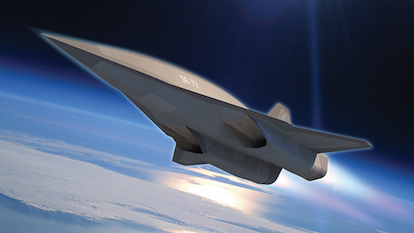
Lockheed Martin’s SR-72, dubbed the “Son of Blackbird,” has long captivated aerospace enthusiasts and defense analysts alike as the spiritual successor to the SR-71 Blackbird, a universally celebrated symbol of aeronautic excellence.

With the promise to double its predecessor’s speed and revolutionize high-altitude surveillance, the SR-72 is poised to become the world’s fastest aircraft, entering the skies with a targeted test flight in 2025.
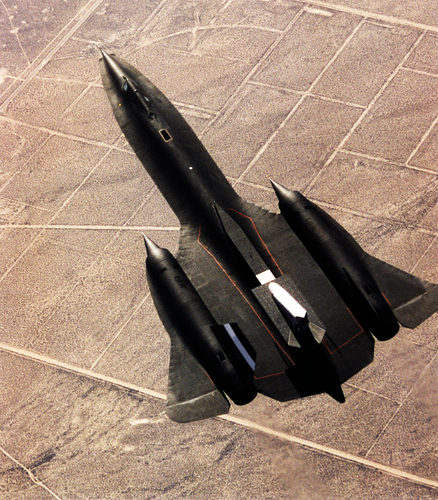
Developed under the enigmatic veil of Lockheed Martin’s Skunk Works, this hypersonic marvel is designed to exceed the SR-71’s already legendary speeds, achieving Mach 6—a feat that requires innovation in materials to withstand the extreme aerodynamic heating at such velocity. Amidst this challenging engineering landscape, Skunk Works remains tight-lipped, maintaining a cloak of secrecy reminiscent of its storied heritage.

The SR-72’s anticipated prowess isn’t merely about speed. It promises enhanced capabilities, such as the execution of strike missions—adeparture from the SR-71’s reconnaissance-only role.

Furthermore, the SR-72’s design integrates hypersonic missile firing capabilities, bolstering its offensive potential while presenting a technological leap that could redefine strategic reconnaissance and warfare.
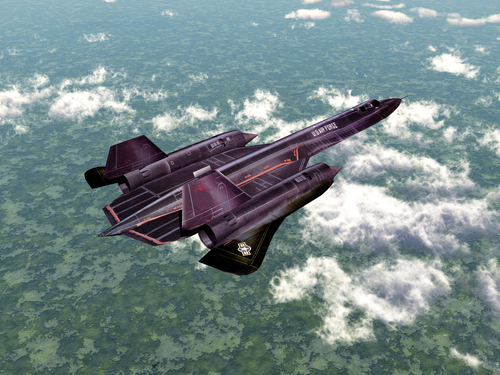
Interestingly, the SR-72 isn’t merely a paper plane or a silver-screen fantasy. It has roots in the imaginations of many who saw the fictional Darkstar in “Top Gun: Maverick.”

This Hollywood attention, paired with real-world progress, has stirred a palpable buzz around the SR-72’s development. Adding to the SR-72’s already cinematic profile, Lockheed Martin openly markets its association with the film, illustrating the blurred lines between futuristic speculation and concrete technological advances.
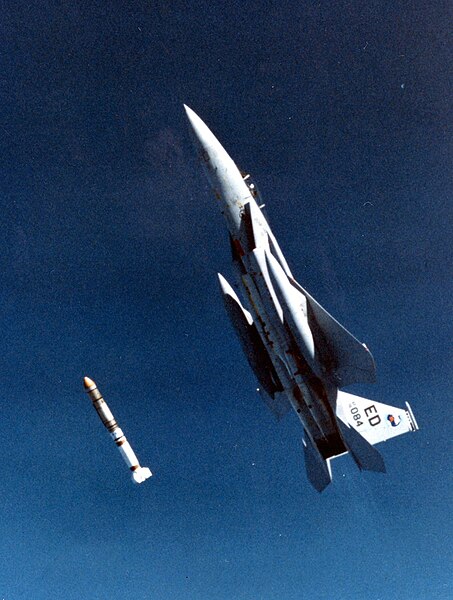
The path to the SR-72’s fruition remains complex and intricate. Lockheed Martin initially planned a demonstrator as early as 2018, with the first flight slated for 2023, though confirmation of this timeline remains as elusive as the aircraft’s operational details.
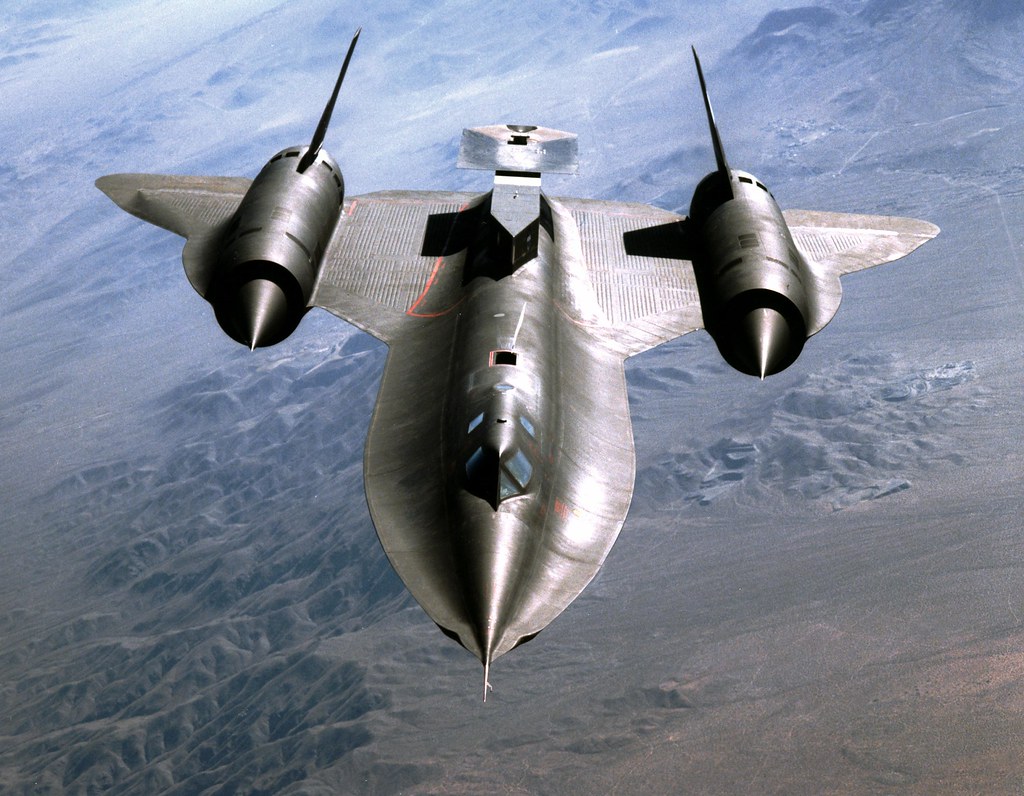
However, the manufacturer has stoked anticipation by announcing plans for test flights in 2025 and operational service entry in 2030, signaling confidence in their progress.
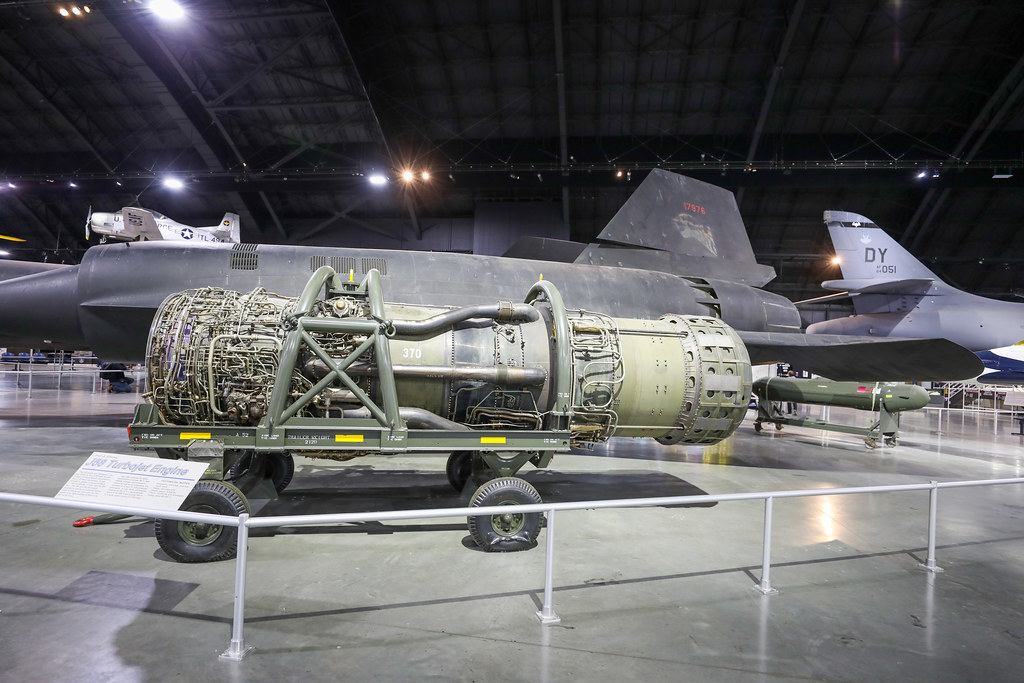
NASA has taken note, financially backing the development of hypersonic-capable engines for the SR-72, a partnership that underscores the project’s gravity and potential. The SR-72, therefore, encapsulates a collaborative pinnacle of aeronautic ambition, where military needs, space exploration, and private-sector prowess converge.
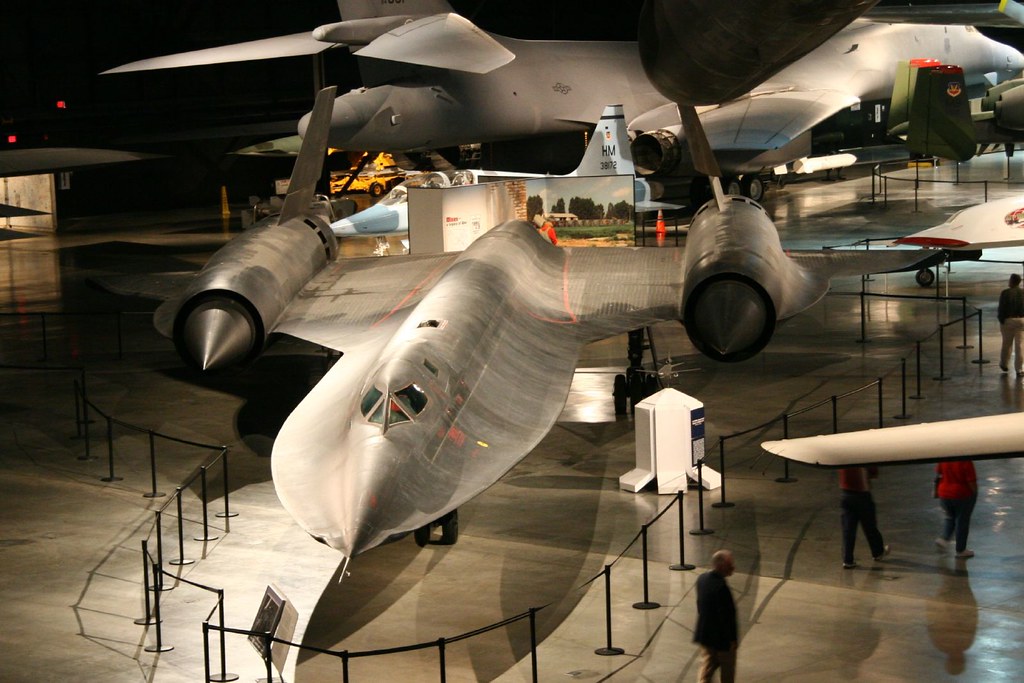
Beyond the technicality and aspirations of Mach 6 speeds, the SR-72 represents a broader strategic calculus. With adversaries like Russia and China forging ahead in hypersonic technology, the SR-72 emerges as a critical asset in maintaining a competitive edge in the high-stakes arena of global military dominance.
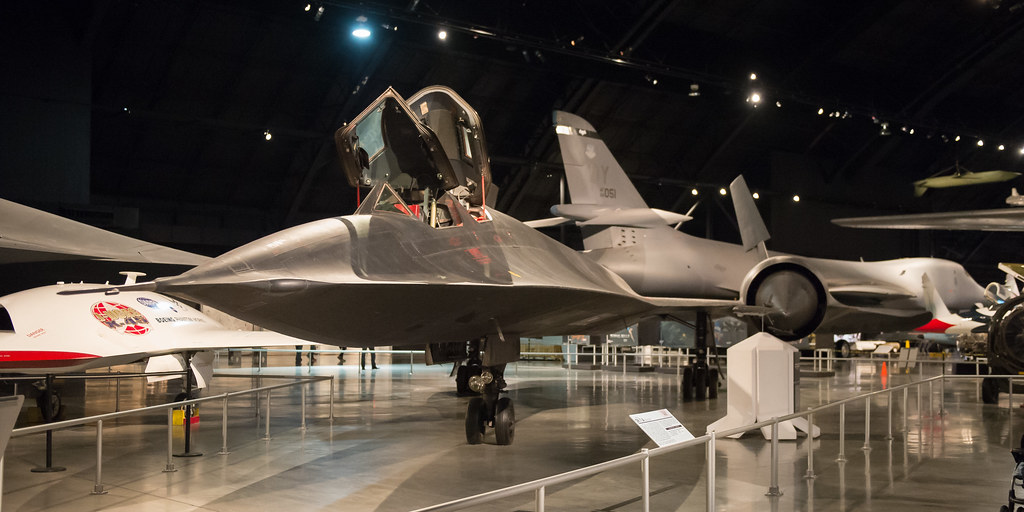
Equipped for ISR and strike operations, the SR-72 could alter the landscape of aerial espionage and engagement. Its unprecedented speed and altitude capabilities suggest it could outmaneuver threats and obfuscate from detection systems, offering a glimpse into a future where the boundaries of aerial superiority are expanded into the hypersonic realm.
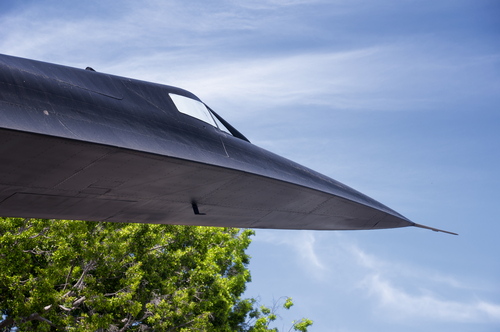
As the world awaits tangible signs of the SR-72’s emergence, the military and aerospace communities are left to ponder its potential impact. Will it soar into the annals of aviation history, or will it succumb to the labyrinthine challenges that have befallen ambitious projects of the past?
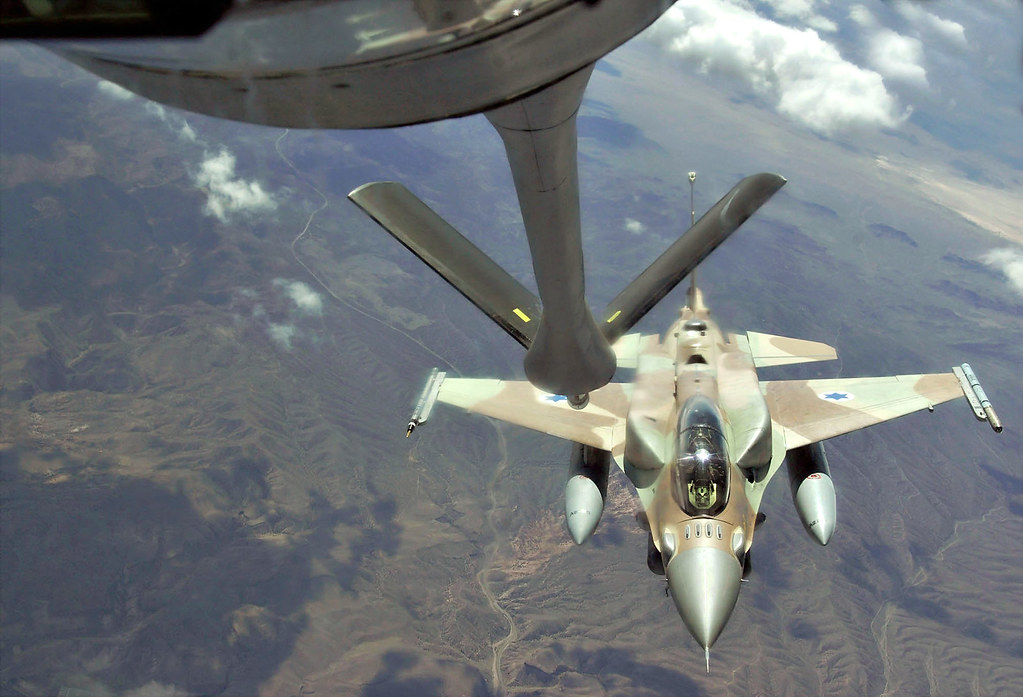
What remains certain is the keen interest and impassioned speculation surrounding the SR-72—a testament to the enduring allure and strategic importance of pioneering the next frontier of military aviation.
Relevant articles:
– 72 ‘Son of Blackbird’ enters active service, supercarblondie.com
– Everything You Need To Know About The Mysterious Lockheed Martin SR-72 ‘Darkstar’, simpleflying.com
– US secret plan of world’s fastest plane unraveled. ‘Son of Blackbird’ to hit skies in 2025, The Economic Times
– 72 Hypersonic Demonstrator Aircraft, Air Force Technology
